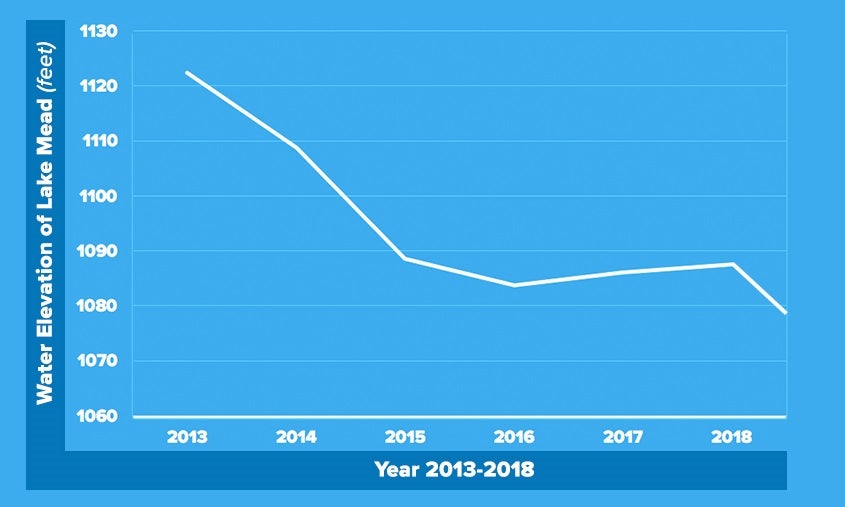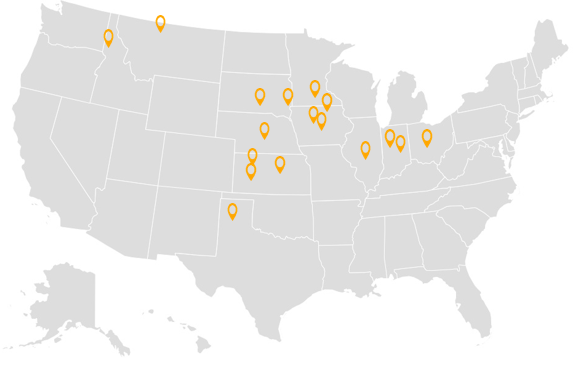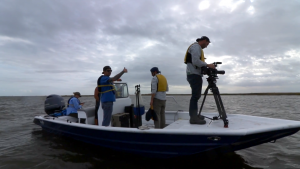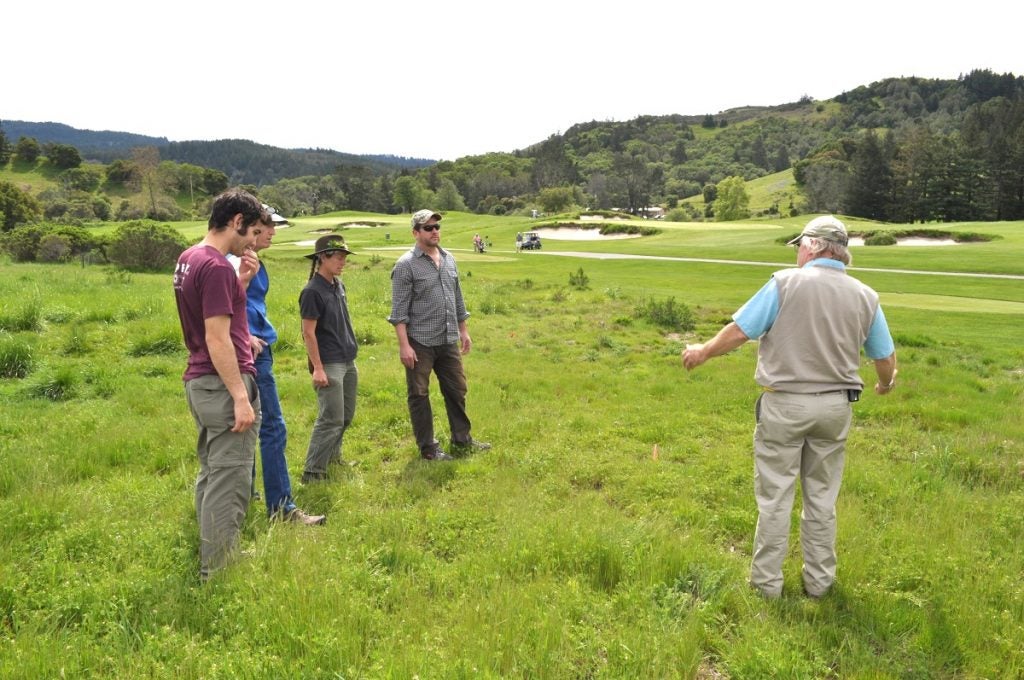There’s so much that Dr. Erle C. Ellis gets right in his recent op-ed in The New York Times, “Science Alone Won’t Save the Earth. People Have to Do That.”
We’re exceeding Earth’s planetary boundaries. We need to adjust our expectations about what a new normal will look like. And there’s no single optimal solution for thriving in a changing climate.
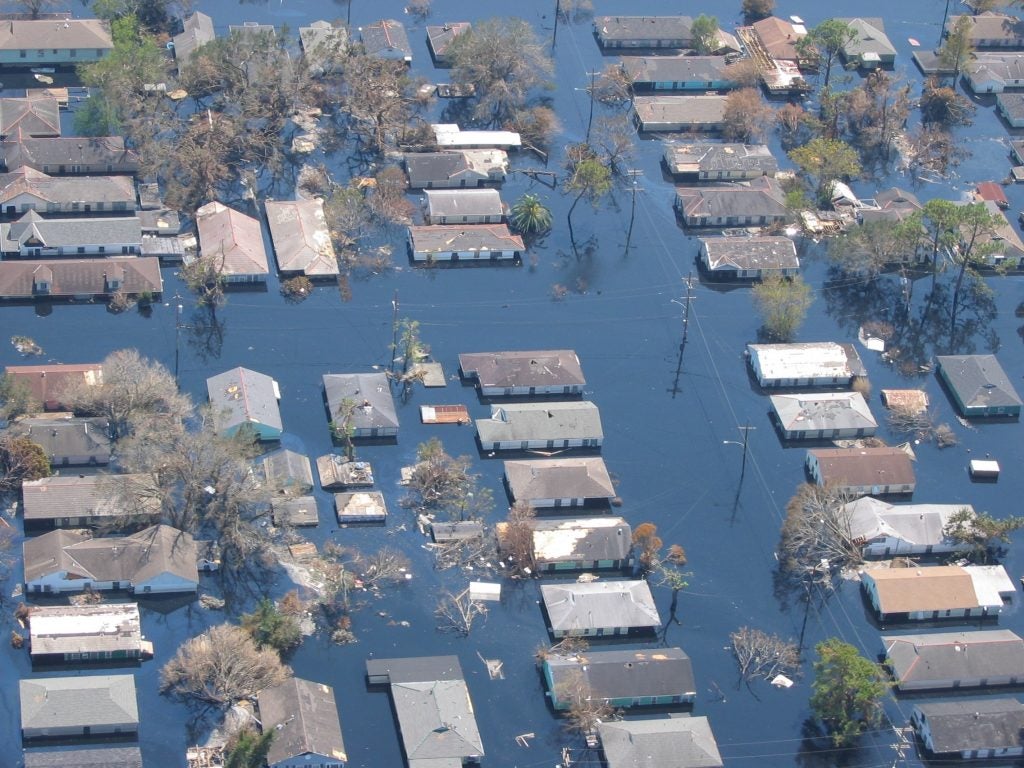
Photo Credit: NOAA Photo Library
But in making the case that it is people who will decide the future and not science or natural limits, Dr. Ellis falls into the binary trap he’s encouraging us to avoid. It’s not an either/or proposition.
We need both science and people to make our land and water systems more resilient so humanity and nature can prosper. Heck, we need every tool in the shed, including community engagement, flexible policy, money and good old-fashioned political will.
It may sound like an impossible order, but it’s already happening in some surprising places. Read More










